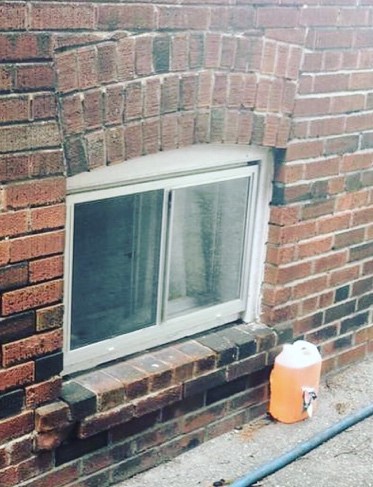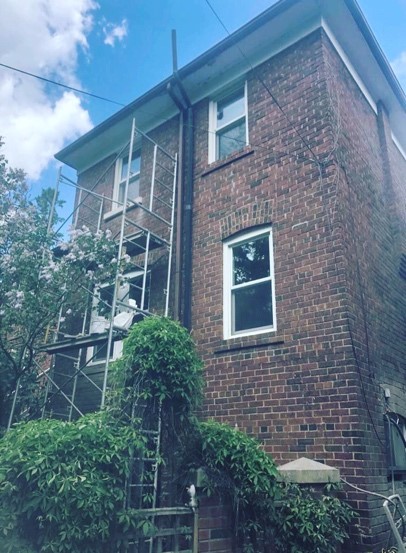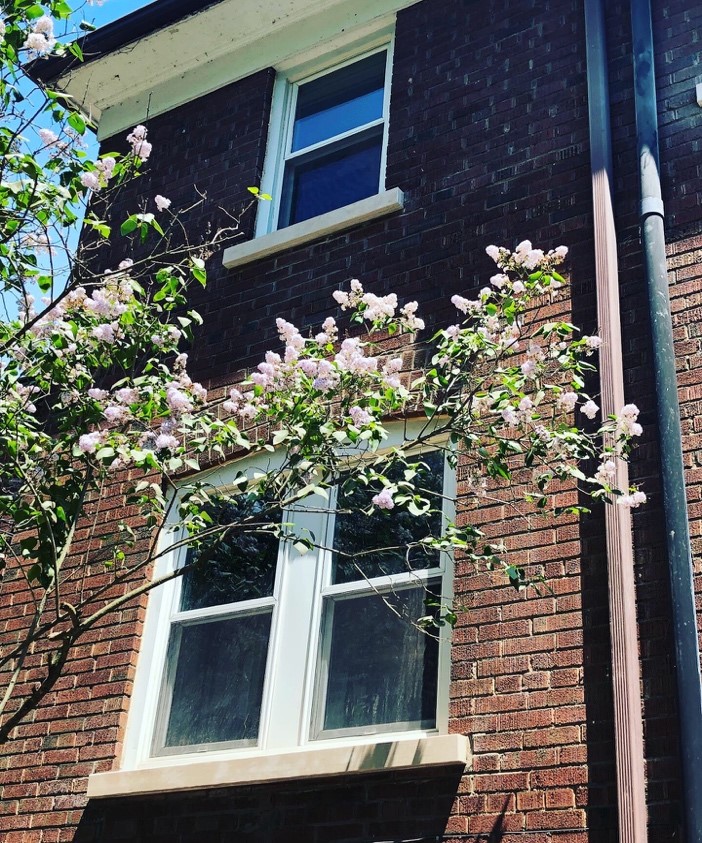When Is The Right Time To Change Out Your Rowlock Brick Sills?

March 17, 2021
What To Look Out For Around Your Window Sills
Have you ever wondered what’s causing the cracking below your windows?
We can answer! And give you the best solutions to fix them.
To start off what is a window sill? a window sill (or even a door sill for that matter) has one main purpose, it deflects water away from the frame and from the brickwork below it – essentially offering a weather protection.
When installed correctly the window sill should project further passed the face of the masonry wall. It should be installed with a slight angle to allow the water to run away from your home. The water will then hit a drip lip that’s been installed underneath the sill forcing the water to drip directly to the ground, and not running back on itself.
It’s important that all these building codes are met to ensure your sills are working effectively. Mace Masonry will always complete your window sill replacement project correctly to ensure the protection of your home.
What Are Rowlock Brick Sills? Do You Need Yours Changed?
Rowlock brick window sills are a row of bricks installed on their face or edge along the entire width of the window. Rowlock brick sills have a joint between every brick. This means that there is an entry point for water to get in at every joint along the sill; that’s a lot of multiple entry points! It is the main reason these sills fail. Chances are if your home is older than 50 years and you have theses sills, you might need them assessed.
What Damage Can a Brick Sill Cause?
Once water gets through the bricks and in behind the sill, it could cause damage to numerous areas:
- The window frame – we see a lot of older homes with rotten or damaged windows directly linked with these rowlock sills.
- The brickwork below – most commonly causing efflorescence and spalling bricks, efflorescence is easily identified as a white residue typically on the face of the bricks.
- Rotting the timber underneath the window –in a lot of cases the water can travel further into the interior finishes of your home, rotting the timber walls or sometimes even the drywall inside.
Why Should You Change Your Brick Sills to Indiana Limestone?
Firstly, homeowners aren’t always aware of the benefits of changing out their existing brick window sills – but the typical response is based on how it looks. Indiana limestone sills look much more aesthetically pleasing and adds a more modern look whilst keeping a traditional feel.
The most important point from a masonry perspective is that an Indiana limestone sill offers much better protection than the rowlock bricks do. This is mainly due to the fact we can install one piece with joints only at the window revel locations making it a lot less susceptible to water penetrations.
The cost difference between getting a repair complete on a rowlock brick sill compared to having a new stone sill installed isn’t a big difference. Repairing a rowlock brick sill can get costly and could end in requiring yearly maintenance.
Let Mace Masonry assess your window sills to ensure they are protecting your home effectively! Contact us today for a free estimate!


